RISK vs RELIABILITY - TURBOMACHINERY
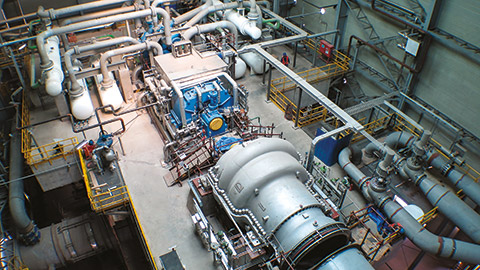
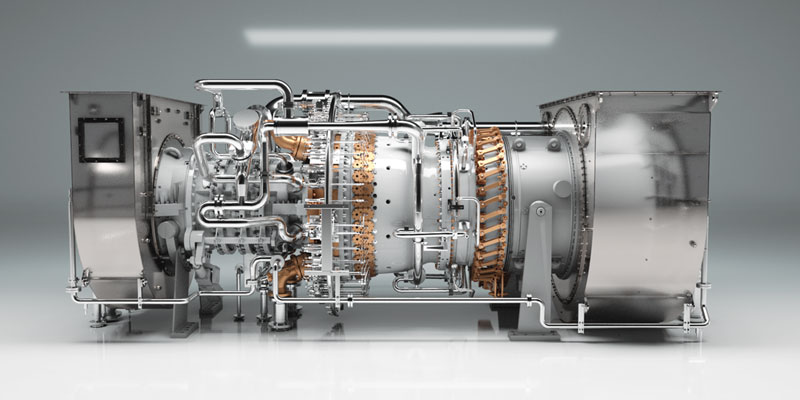
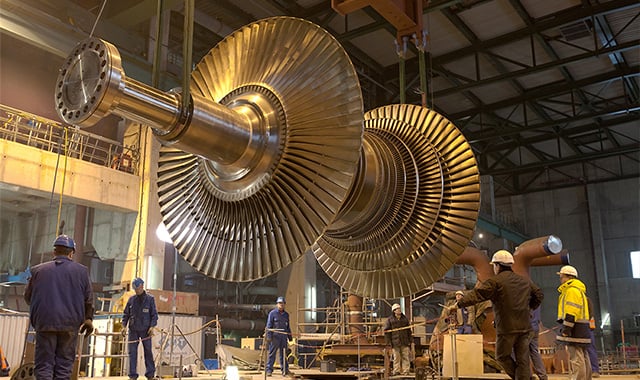
CENTRIFUGAL COMPRESSORS
GAS TURBINES
SPECIAL STEAM TURBINES
RISK vs RELIABILITY (TURBOMACHINERY)
In the context of turbomachinery, risk and reliability are two distinct concepts that are closely related but have different meanings. Risk refers to the probability of an adverse event occurring and the potential consequences of that event. Reliability, on the other hand, refers to the ability of a system to perform its intended function under specified conditions for a specified period of time.
To avoid critical failures or unscheduled shutdowns in turbomachinery, it’s important to understand both risk and reliability and take appropriate measures to mitigate them.
Here are some key differences between risk and reliability in the context of turbomachinery:
Probability vs. Performance: Risk focuses on the probability of failure, while reliability focuses on the performance of the system. Risk analysis involves identifying potential failure modes and assessing the likelihood of each one occurring, while reliability analysis involves evaluating the system’s ability to meet its performance requirements over time.
Consequences vs. Durability: Risk assessment takes into account the potential consequences of a failure, such as safety hazards or environmental impacts. Reliability analysis, on the other hand, looks at the system’s durability and ability to function over time without failure.
Reactive vs. Proactive: Risk management is often reactive, responding to identified risks with mitigation measures. Reliability management is more proactive, seeking to prevent failures through design, maintenance, and monitoring.
To avoid critical failures or unscheduled shutdowns in turbomachinery, it’s important to take a comprehensive approach that considers both risk and reliability. This might include regular inspections and maintenance, design improvements, and implementing a risk management program that identifies and mitigates potential failure modes.
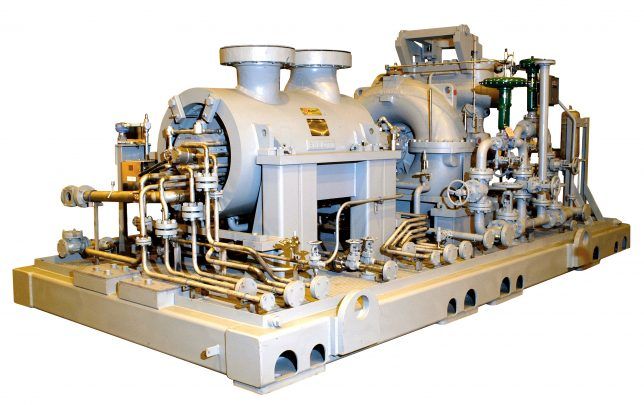
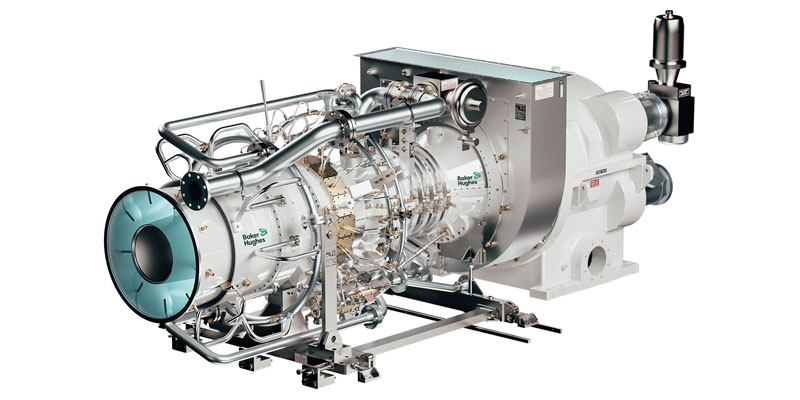
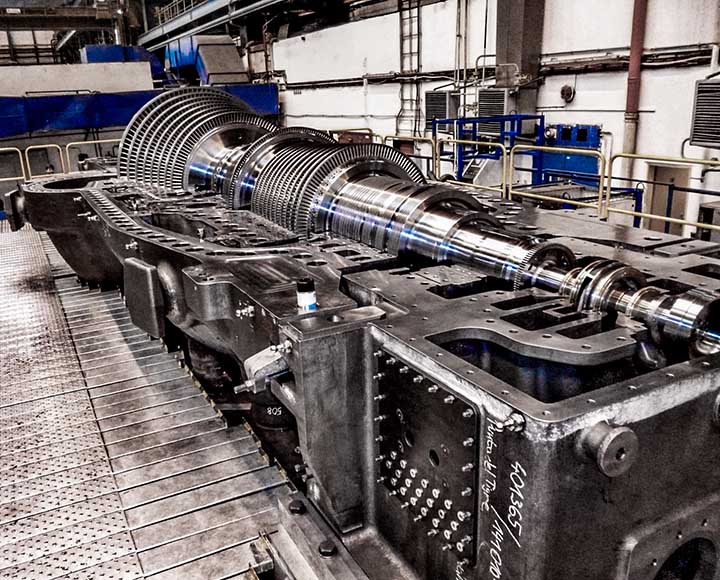
ADVANTAGES - RISKS
ADVANTAGES - RELIABILITY
Using the concept of risk instead of reliability in the phases of engineering and design, or in the operation and maintenance of existing and operating plants, can provide several advantages when it comes to avoiding critical failures or unscheduled shutdowns during the useful life cycle of turbomachinery. Here are a few:
Early identification of potential failure modes: By assessing risks during the engineering and design phase, potential failure modes can be identified early on in the process. This allows for proactive measures to be taken to prevent those failures from occurring during the useful life cycle of the turbomachinery.
Cost-effective solutions: By analyzing risks during the design phase, it is possible to identify cost-effective solutions to prevent potential failures. This can include the use of alternative materials, changes to design specifications, or the implementation of monitoring and maintenance programs. These measures can be less expensive than addressing failures after they occur.
More efficient maintenance: By focusing on risk management during the operation and maintenance phase, it is possible to prioritize maintenance tasks based on the risk of failure. This can make maintenance more efficient and effective, reducing the risk of unscheduled shutdowns and extending the useful life cycle of the equipment.
Improved safety: By analyzing risks throughout the life cycle of the turbomachinery, it is possible to identify potential safety hazards and take measures to prevent them from occurring. This can help to protect workers, the environment, and the surrounding community from harm.
In summary, using the concept of risks instead of reliability can provide several advantages when it comes to avoiding critical failures or unscheduled shutdowns during the useful life cycle of turbomachinery. These advantages include early identification of potential failure modes, cost-effective solutions, more efficient maintenance, and improved safety.
Using the concept of reliability instead of risks in the phases of engineering and design or in the operation and maintenance of existing and operating plants can also provide several advantages when it comes to avoiding critical failures or unscheduled shutdowns during the useful life cycle of turbomachinery. Here are a few:
Improved performance: Focusing on reliability during the engineering and design phase can lead to equipment that is designed to perform optimally and meet its intended purpose throughout its useful life cycle. This can result in fewer breakdowns, better efficiency, and lower operating costs.
Predictive maintenance: A reliability-centered maintenance program can help to predict potential failures before they occur, allowing for timely maintenance and repairs to be performed. This can reduce the risk of unscheduled shutdowns and extend the useful life cycle of the equipment.
Longer equipment life: By focusing on reliability throughout the life cycle of the equipment, it is possible to extend the useful life of the equipment. This can help to reduce the need for costly replacements and upgrades, resulting in cost savings for the operator.
Improved safety: A reliability-focused approach can also help to improve safety by ensuring that equipment is functioning properly and is less likely to fail catastrophically. This can protect workers, the environment, and the surrounding community from harm.
In summary, using the concept of reliability instead of risks can also provide several advantages when it comes to avoiding critical failures or unscheduled shutdowns during the useful life cycle of turbomachinery. These advantages include improved performance, predictive maintenance, longer equipment life, and improved safety.
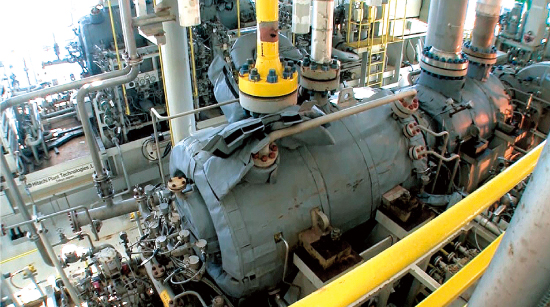
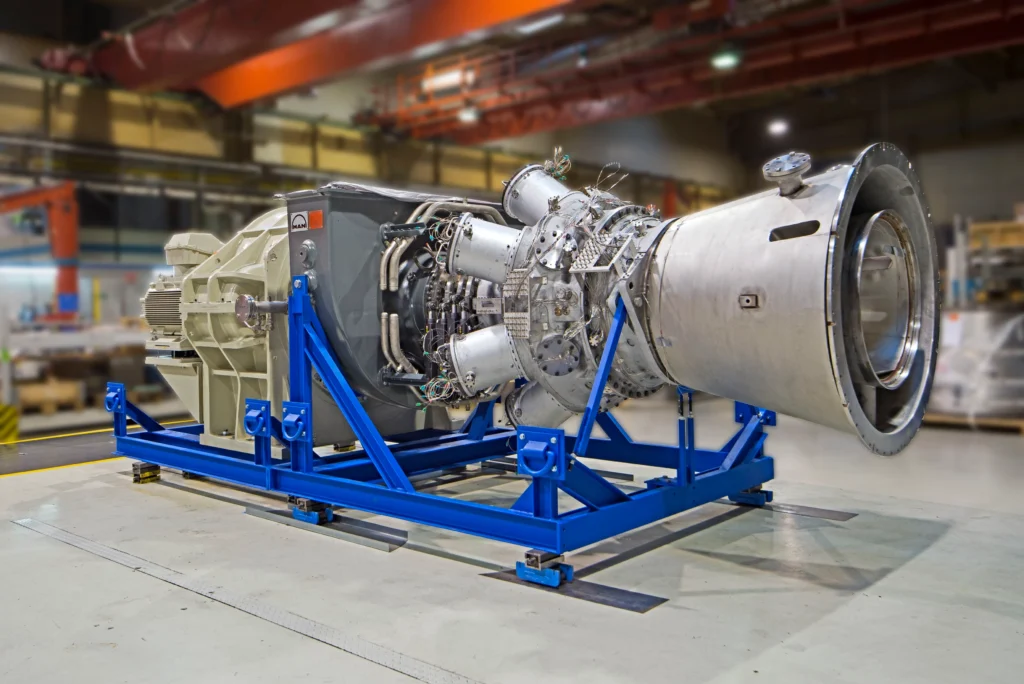
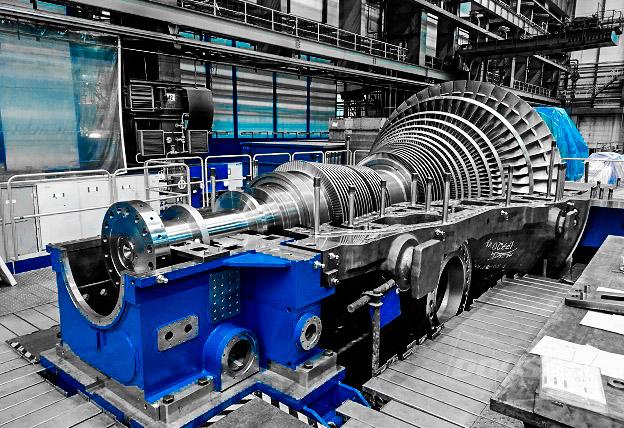
DISADVANTAGES - RISKS
DISADVANTAGES - RELIABILITY
While the concept of risks can be useful in identifying potential failure modes and designing mitigations to avoid them, there are also some potential disadvantages to consider when using this approach in the context of turbomachinery. Here are a few:
Limited focus on long-term performance: A risk-focused approach may prioritize short-term solutions to avoid immediate failure modes, which may not be optimal for the long-term performance and reliability of the equipment.
Reactive approach to maintenance: A focus on risks may result in a reactive approach to maintenance, waiting for failures to occur before taking action. This can result in unscheduled shutdowns, increased maintenance costs, and reduced productivity.
Limited consideration of emerging risks: A risk-focused approach may be limited to known failure modes and may not take into account emerging risks or new failure modes that may not have been previously considered.
Inadequate consideration of root causes: A risk-focused approach may address symptoms of equipment failures rather than addressing the underlying root causes. This can result in recurring failures and a reliance on ongoing maintenance to keep the equipment operational.
In summary, while the concept of risks can be useful in identifying and mitigating potential failure modes, there are also potential disadvantages to consider. These include limited focus on long-term performance, a reactive approach to maintenance, limited consideration of emerging risks, and inadequate consideration of root causes. It is important to weigh the benefits and drawbacks of both the risk and reliability approaches when designing and maintaining turbomachinery to ensure optimal performance and safety over its useful life cycle
While the concept of reliability is generally beneficial when applied to turbomachinery in the phases of engineering and design or in the operation and maintenance of existing and operating plants, there are also some potential disadvantages to consider. Here are a few:
Increased costs: Focusing on reliability may result in higher costs during the design and engineering phase, as well as during the operation and maintenance of the equipment. This may include the use of higher quality materials, more frequent maintenance activities, and the implementation of advanced monitoring systems.
Limited flexibility: A reliability-centered approach may result in equipment that is less flexible or adaptable to changing operating conditions or requirements. This may limit the ability to make modifications or changes to the equipment in response to changing needs.
Over-reliance on maintenance: A focus on reliability may result in an over-reliance on maintenance activities to ensure equipment performance, potentially leading to higher costs and reduced productivity.
Limited focus on emerging risks: A reliability-centered approach may focus on known failure modes and may not take into account emerging risks or new failure modes that may not have been previously considered.
In summary, while the concept of reliability can provide significant advantages when applied to turbomachinery, there are also potential disadvantages to consider. These include increased costs, limited flexibility, over-reliance on maintenance, and limited focus on emerging risks. It is important to weigh the benefits and drawbacks of both the risk and reliability approaches when designing and maintaining turbomachinery to ensure optimal performance and safety over its useful life cycle.
